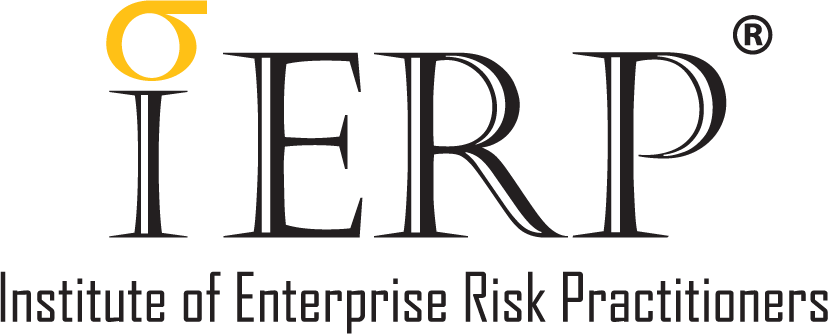Anyone involved in managing risk or embarking on a career in Risk Management must have a sound practical grounding
in the theories and practices of ERM – and its linkages to other relevant and associated disciplines and standards
(e.g. BCM, Anti-Bribery and Corruption) and practices such as ESG, GRC, etc. When implemented and utilised properly
systematically and holistically, ERM can become a driver for Commercial Sustainability as well as Organisational Agility
and Resilience. This program coaches participants in how to achieve all of this. The module explains and re-emphasises
the fundamentals of ERM, and shows how it can be utilised in a structured and cohesive manner to drive strategy,
performance, and the linkages to corporate governance and internal controls as well as emphasising the role and
importance of culture in all of these issues. Participants will also be taught how to apply strategic risk management
concepts to enhance decision making processes and to add value to the business.
- About IERP®
About Us
We are the world’s first and leading certification institute for Enterprise Risk Management (ERM). Through our programs and network, we aim to foster effective Enterprise Risk Management (ERM) practices globally in relation to sustainability, strategy, performance, ethics, business continuity, and corporate governance.
Apply IERP® Membership
Join the IERP® Membership and take advantage of numerous features that are only available to members. Apply today!
- Certifications
Board Directors Certification
Enterprise Risk Management Certification
Operational Risk Management Certification
Sustainability Risk Management Certification
Digital Risk Management Certification
Risk Auditors Certification
Business Continuity Management Certification
- Events
Events
Explore Certifications & Trainings, Global Conferences, insightful Tea Talks, and connect with peers in the Director and Chief Risk Officer Networking Groups.
- Membership
Membership
Join the IERP® Membership and take advantage of numerous features that are only available to members.
- Resources
Resources
Explore a wealth of knowledge in our Resources page, featuring insightful blogs, in-depth articles, exclusive interviews, and thought leadership pieces, along with notable media features.
- Contact Us





























